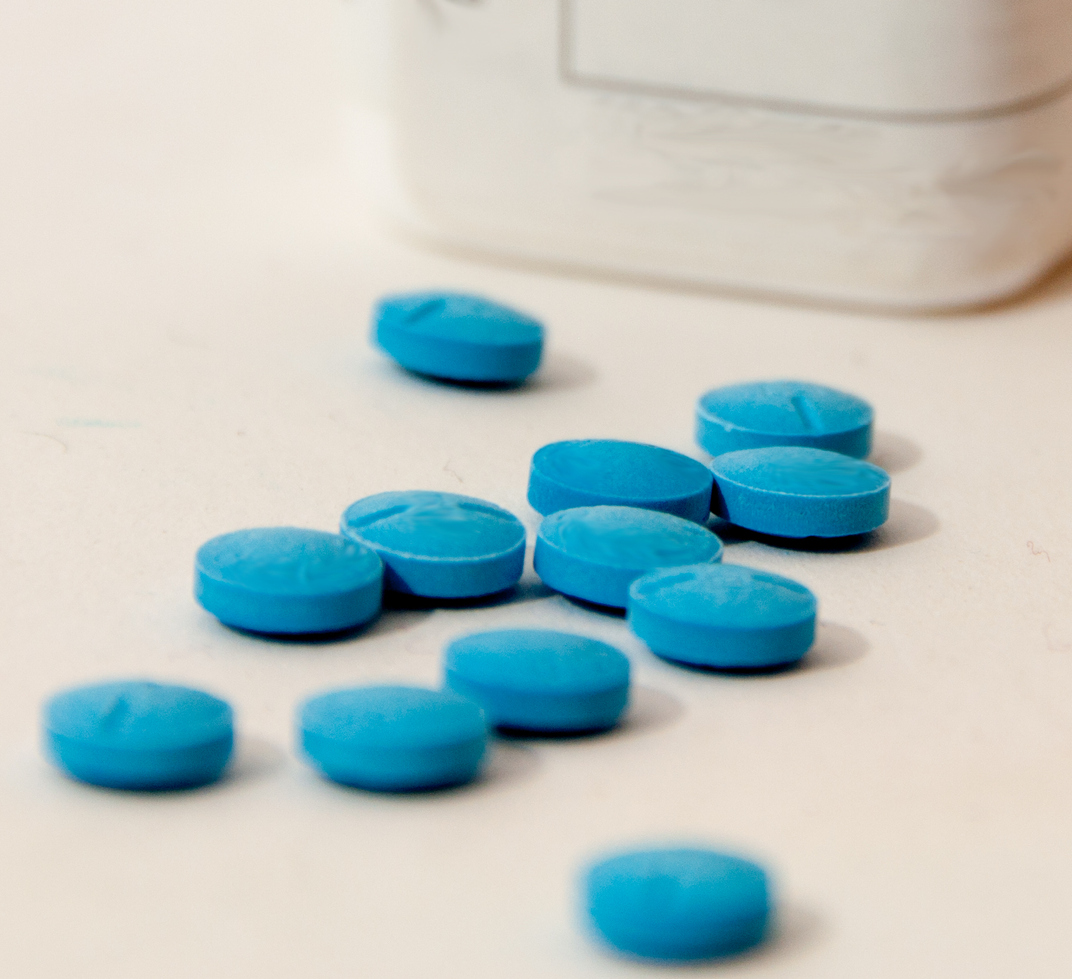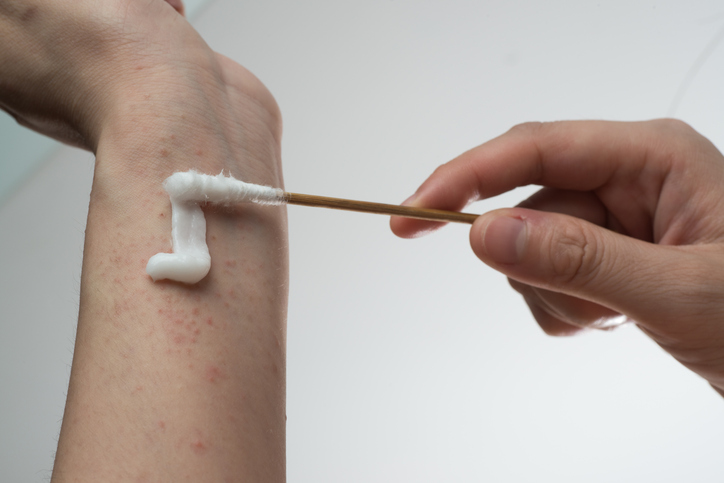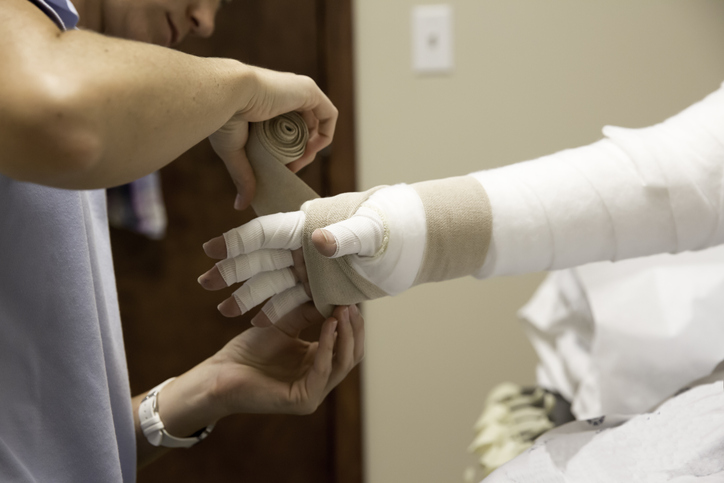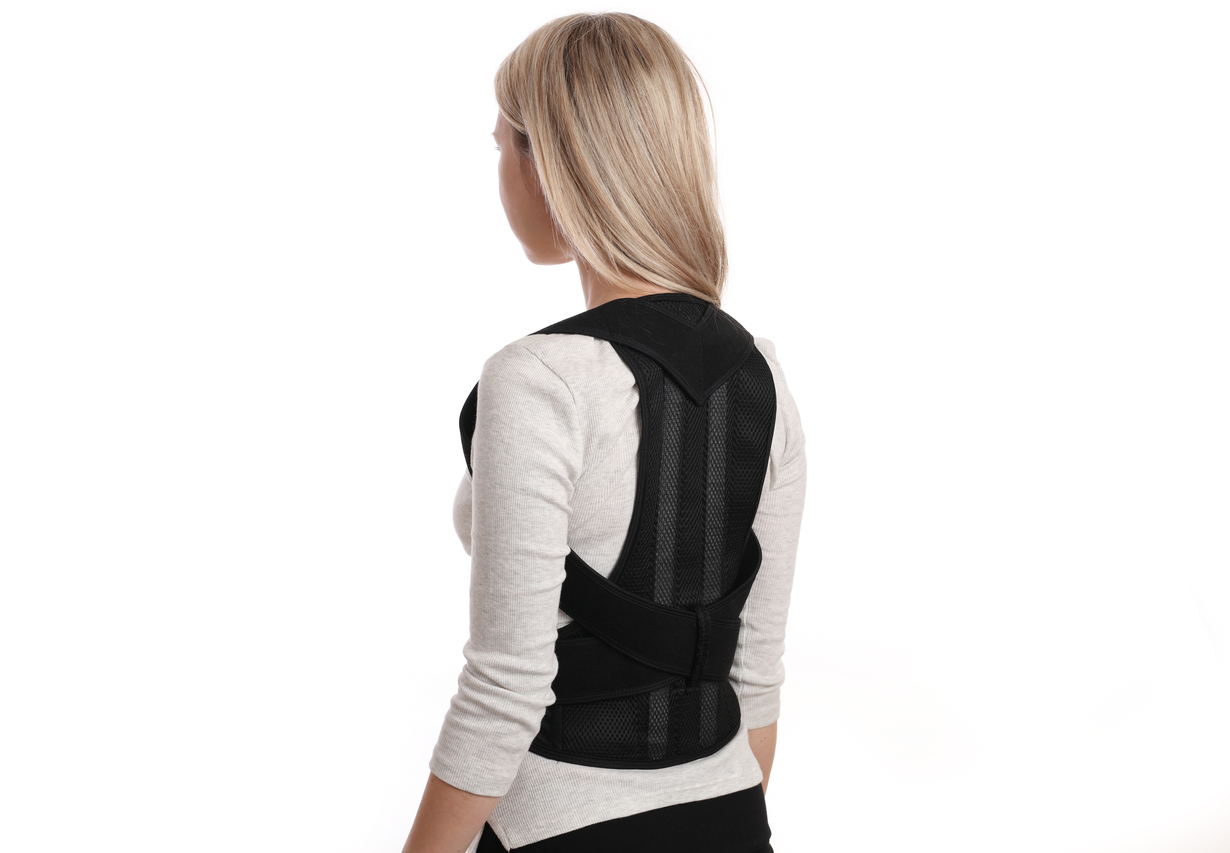Pain
The World Health Organization Analgesic Ladder

The World Health Organization (WHO) developed the WHO Analgesic Ladder in 1986 by the World Health Organization. It was created to help provide cancer patients with pain relief. Over the years, this ladder has also been applied to the management of pain in chronic conditions other than cancer, including musculoskeletal diseases, degenerative disorders, neuropathic pain, and other chronic pain conditions.
The three main principles of the ladder are by the clock, by the mouth, and by the ladder.
By the Clock
To help reduce pain, medication should be given “by the clock” or on a timed basis rather than as needed by the individual. Medications should be scheduled appropriately for their frequency, extended or short-acting.
By the Mouth
Medication given by the oral route is preferred because it is easy to use in all settings. If that is no longer possible, the least-invasive route should be used.
By the Ladder
Pain should be treated promptly by administering drugs following the steps. Medication selection should be based on the severity of the pain, so with severe pain, it is appropriate to start at the top of the ladder if needed. When pain is controlled, individuals should be maintained on that effective dose. Reducing medication should only occur if the cause of pain has been resolved.
- Step 1: Non-opioid analgesics such as NSAIDs or Acetaminophen with or without adjuvants (such as antidepressants, anticonvulsants, corticosteroids, or anxiolytics).
- Step 2: Opioids for Mild to Moderate Pain such as hydrocodone, codeine, tapentadol, and tramadol, with or without everything from Step 1.
- Step 3: Opioids for Moderate to Severe Pain, such as morphine, methadone, fentanyl, oxycodone, buprenorphine, hydromorphone, and oxymorphone with or without everything from Step 1.
Limitations and Criticisms
The original ladder did not integrate minimally invasive or invasive treatments such as epidural analgesia, intrathecal administration of analgesic or local anesthetic drugs, nerve blocks, radiofrequency, thermotherapy, or other procedures. This prompted the creation of the fourth step in the ladder in revisions for “Invasive and Minimally Invasive Treatments.”
The revised ladder places surgical treatments at the top, the last option. This may not always be the best option for everyone, especially those who are at risk for opioid addiction. With minimally invasive treatments becoming available, it may make more sense to attempt these options sooner than an option of last resort.
Additional Source Winnipeg Regional Health Authority, MedCentral, American Medical Association Journal of Ethics

















